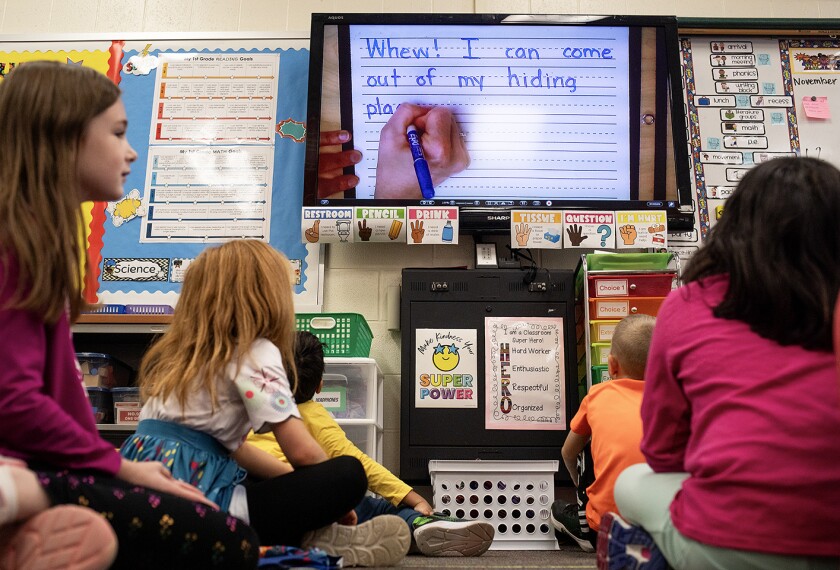The International Reading Association convened a small group of educators in Washington this month to discuss how carefully designed digital features can engage students in the content of the books they are reading and motivate them to learn more. They also provide a bridge between students of different backgrounds and cultures.
The panel, which I moderated, included Katie Smith Milway, author of the children’s book One Hen:How One Small Loan Made a Big Difference, and Sakil Malik, who directs IRA’s Reading Across Continents program.

Milway, who is a partner at the Bridgespan Group in Boston, demonstrated how her book’s online activities can help to reinforce its lessons. The story describes, with vivid illustrations and compelling text, how a microfinance program in a small village in Ghana helped its residents become economically self-sufficient.
The games and quizzes on the accompanying Web site explain concepts related to microfinance, test students’ understanding of the story, and promote financial responsibility, global awareness, and philanthropy toward microfinance initiatives. She offered data showing that students who read the book and used the online tools reported an increased understanding of the topic, but also a greater appreciation of the value of entrepreneurship and philanthropy.
“The goal is to help kids become global citizens who succeed in school and beyond and marry that success to giving back,” Milway said.
Malik described the Reading Across Continents project that connects students in a public high school in the District of Columbia with their counterparts in Ghana and Nigeria in a cross-cultural book study group. The students read three texts, one that reflects the culture of each of the participating countries, and then discuss the plots, characters, and themes through blogs, author visits, and in-person school visits.
“The connections these students make between the texts and to each other would have been almost impossible without technology,” Malik said.




